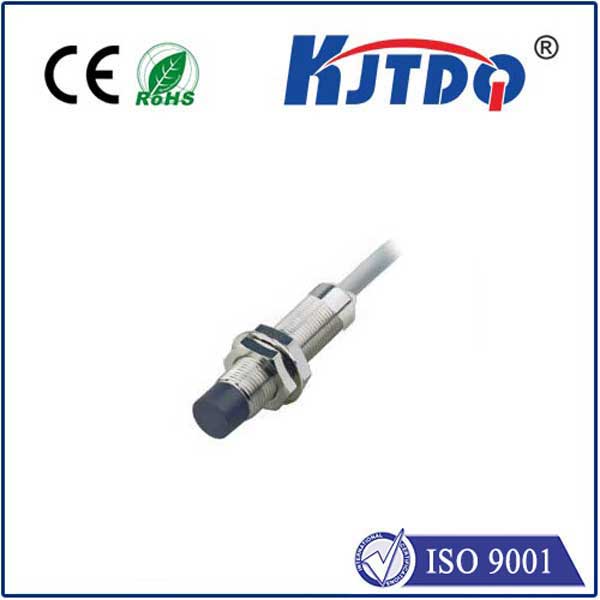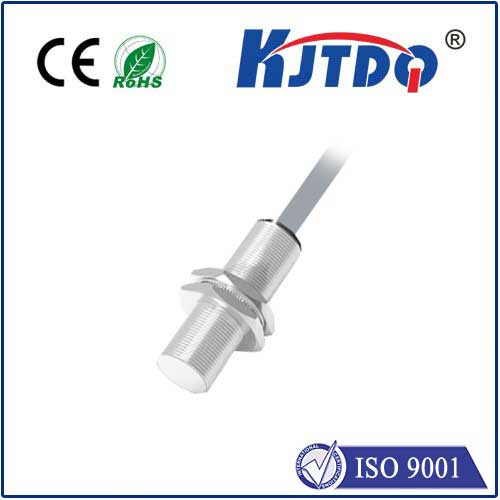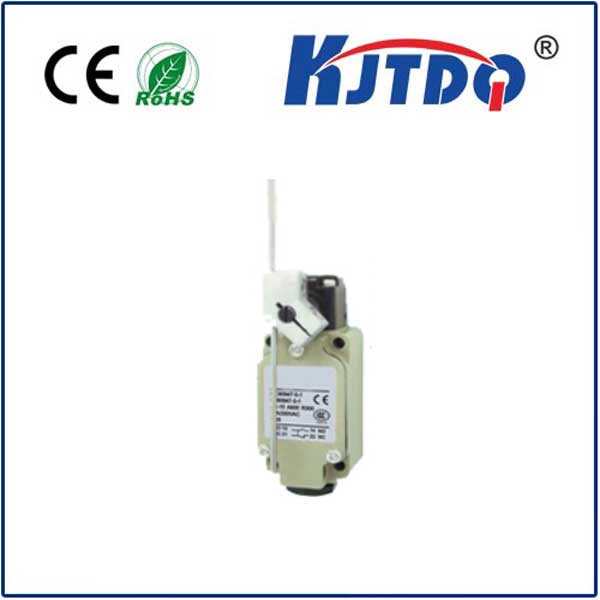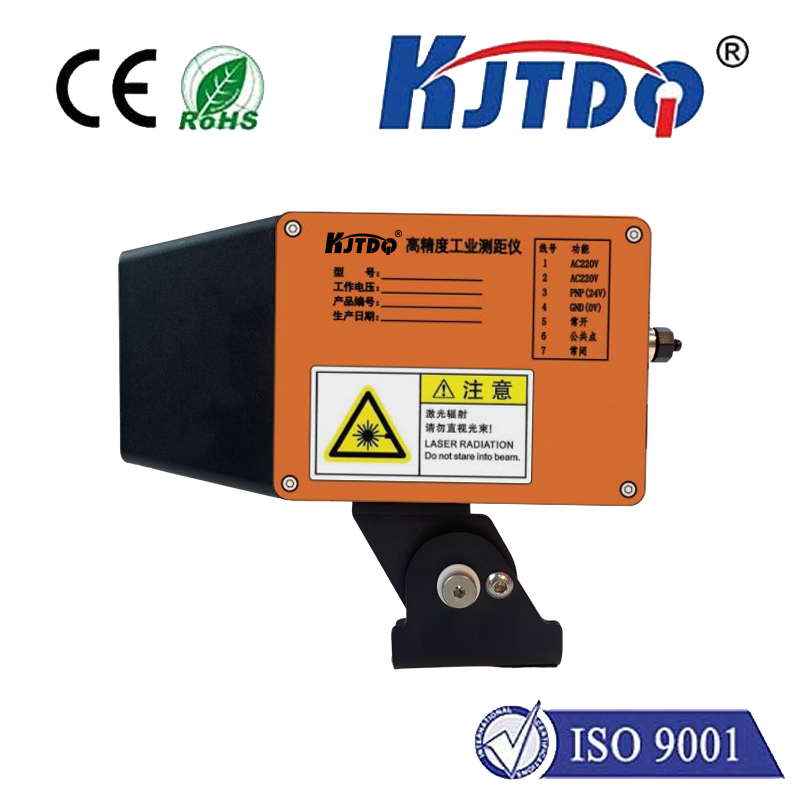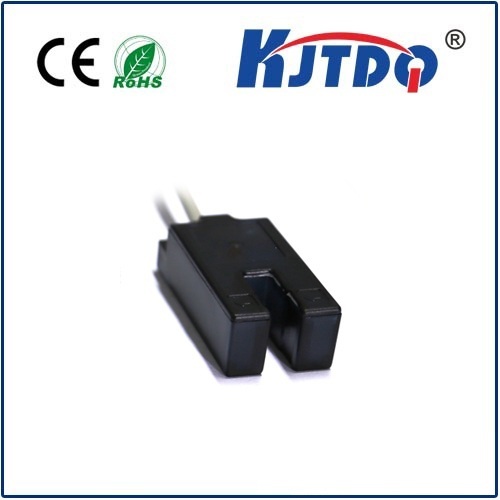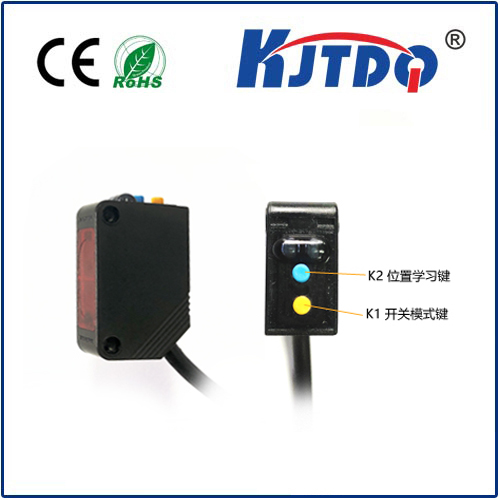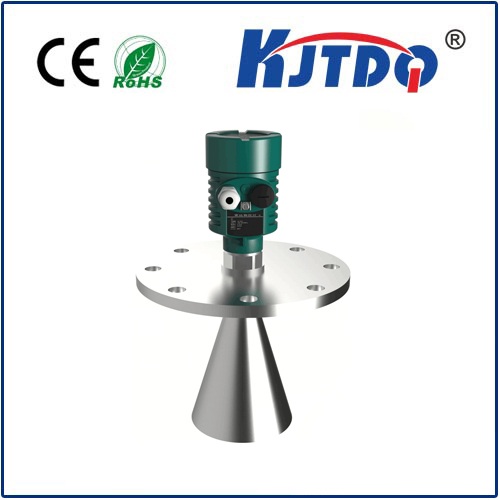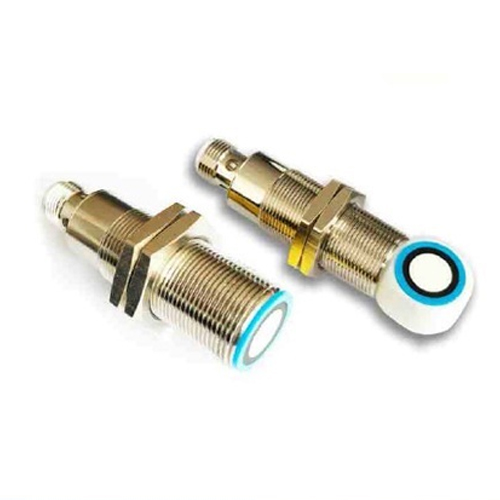

check

check

check

check
Imagine a bustling factory floor. Packages zip down conveyor lines at lightning speed. How does the system flawlessly know when one has passed, triggering the next process, or even stop everything instantly if an unexpected obstruction appears? Often, the unseen hero enabling this precision is a workhorse of industrial automation: the retroreflective photoelectric sensor. This ingeniously simple yet powerful technology provides reliable object detection solutions across countless applications where dependability is non-negotiable.
Understanding the Core Principle: Light Bounces Back
At its heart, a retroreflective photoelectric sensor (often shortened to retro-reflective sensor or reflex sensor) operates on a beautifully efficient principle. Unlike a through-beam sensor requiring a separate emitter and receiver unit placed opposite each other, the retroreflective variant houses both the light source (usually an LED) and the receiver in a single housing. The magic happens thanks to a specialized reflector, aptly called a retroreflector, positioned across from the sensor.
The sensor emits a focused beam of light – typically infrared, visible red, or sometimes laser light – towards the reflector. The unique property of a retroreflector is its ability to bounce the incoming light beam directly back to its source, regardless of the angle at which it hits (within a specific acceptance angle). This reflected light is then detected by the receiver housed within the same sensor unit. When the returning beam is strong and steady, the sensor understands the path is clear. However, when an object interrupts this beam path between the sensor and the reflector, the light bouncing back diminishes significantly or vanishes. The sensor detects this absence or reduction in light intensity and triggers an output signal – indicating the presence or absence of an object.
The Crucial Role of Polarization
Standard retroreflectors work well, but they introduce a potential challenge: highly reflective surfaces on the target object itself could inadvertently bounce enough light back to the sensor, causing a false “clear” signal. This is where polarized retroreflective sensors become essential. These sensors incorporate a polarizing filter in front of both the emitter and the receiver.

The emitted light passes through the emitter filter, becoming polarized light (light waves oscillating in a single plane). The retroreflector has a special characteristic: it effectively rotates the polarization angle of the light it reflects (often by 90 degrees). The receiver’s polarizing filter is oriented to only allow this rotated, reflected polarized light to pass through. Any other light reflections, such as those bouncing directly off a shiny object surface (which largely retain the original polarization angle), are blocked by the receiver’s filter. This sophisticated feature makes polarized retro-reflective sensors highly immune to false triggers caused by reflective targets like plastic packaging, metal cans, or glass bottles, significantly boosting detection reliability in complex environments.
Key Advantages Driving Adoption
Why choose retroreflective photoelectric sensors over other types? Several compelling benefits solidify their position:
Where Retroreflective Sensors Excel: Common Applications
The versatility of retroreflective photoelectric sensors makes them ubiquitous in automation and control:
Selecting the Right Sensor: Key Considerations
Choosing the optimal retroreflective sensor involves evaluating several factors:
The Future: Smarter, More Connected Detection
The evolution of retroreflective sensors continues. Integration with industrial communication protocols like IO-Link is becoming increasingly common. This transforms them from simple switches into intelligent nodes, enabling remote parameter configuration, continuous process monitoring (signal strength diagnostics), predictive maintenance alerts, and seamless data integration into higher-level control systems (PLC, SCADA). Enhanced ruggedness, wider temperature ranges, and even longer sensing capabilities are also areas of ongoing development.
A Foundational Pillar of Modern Automation
From ensuring the smooth flow of goods in logistics centers to guaranteeing precision assembly in high-tech manufacturing, retroreflective photoelectric sensors perform a critical, often invisible function. Their unique combination of simplicity, long detection range capability, robust operation, and relative cost-effectiveness makes them an indispensable tool. Understanding their working principle, particularly the clever use of polarized light and dedicated reflectors, and carefully considering application requirements during selection, ensures these
